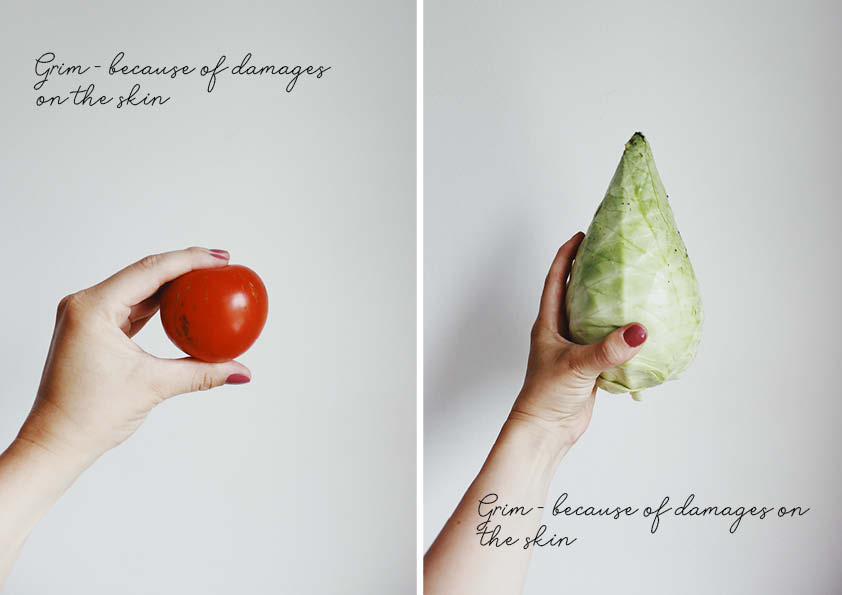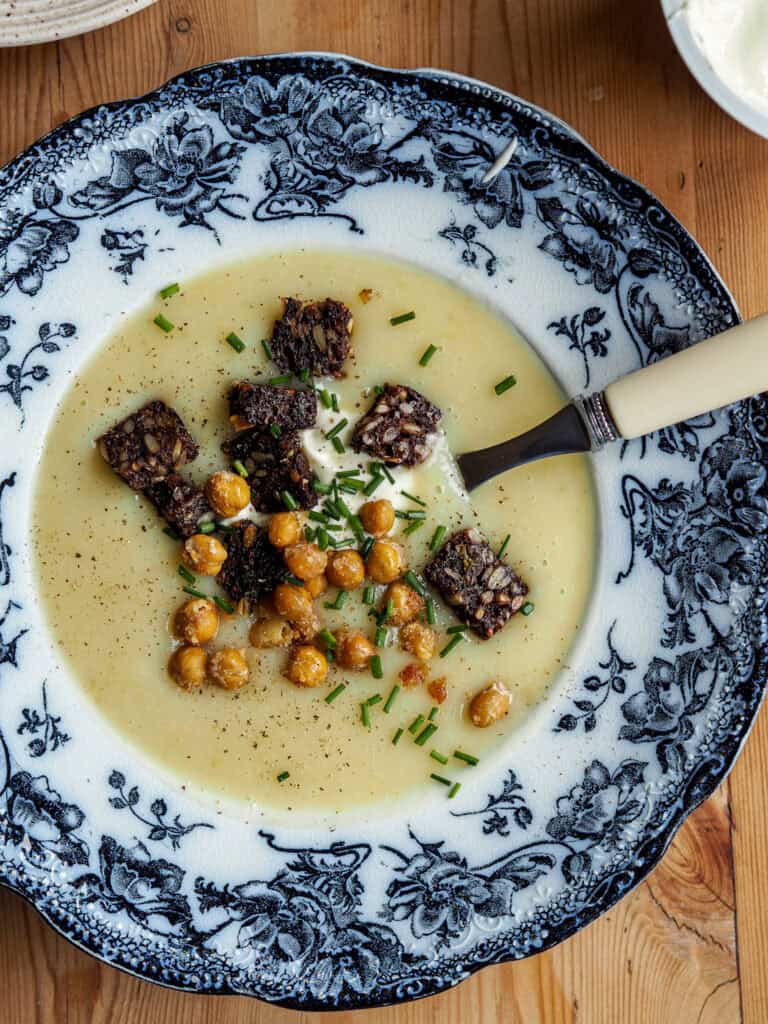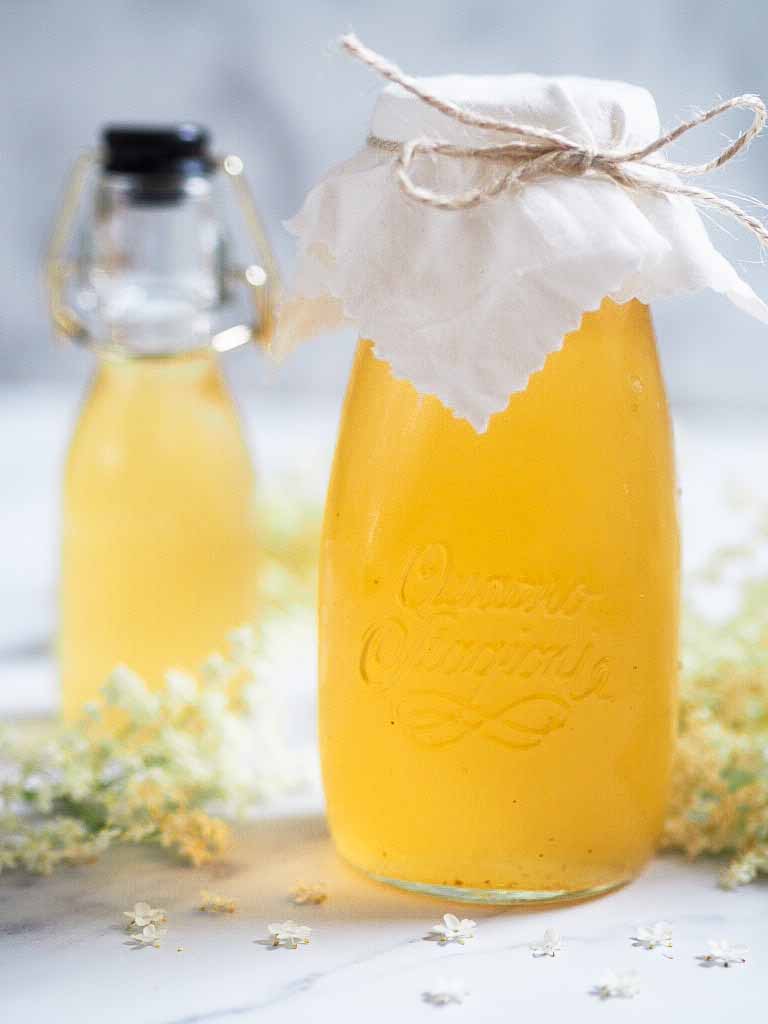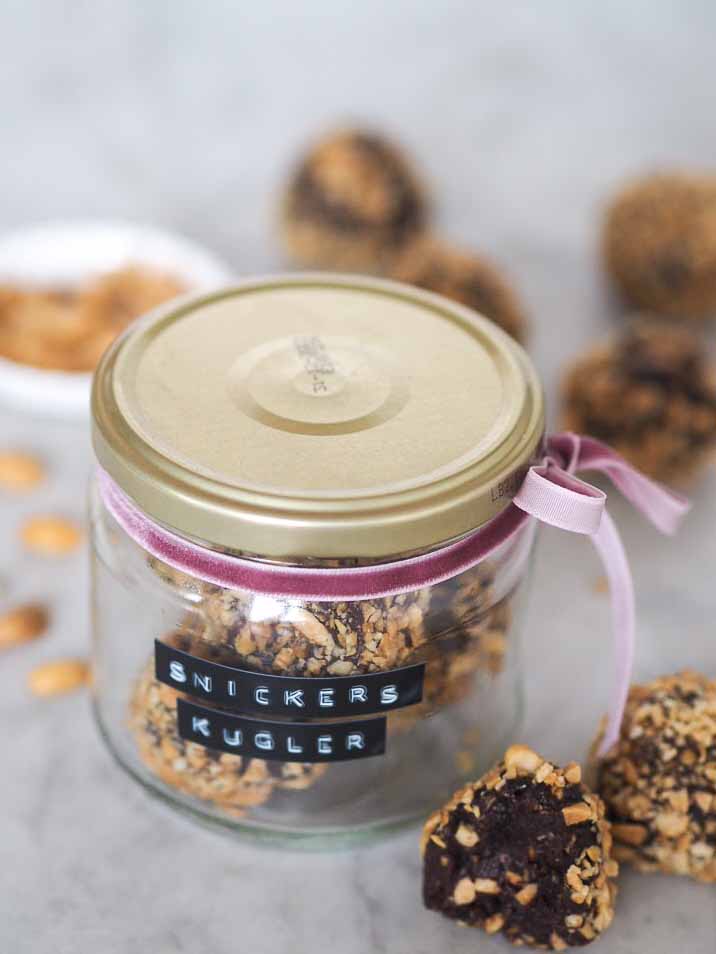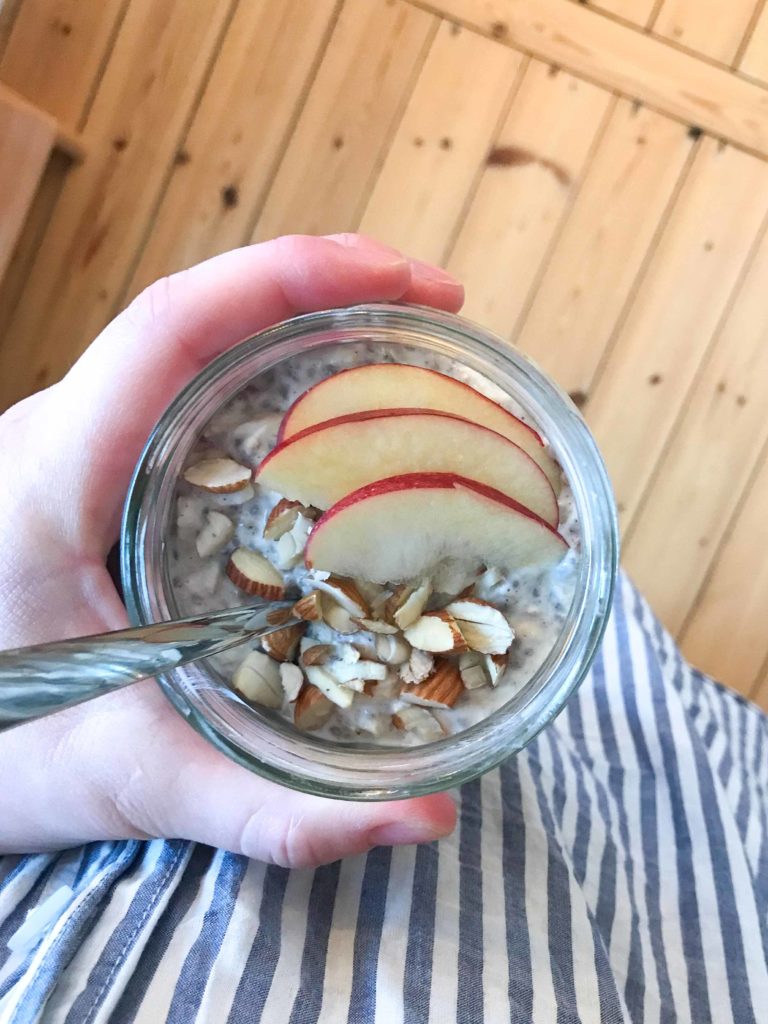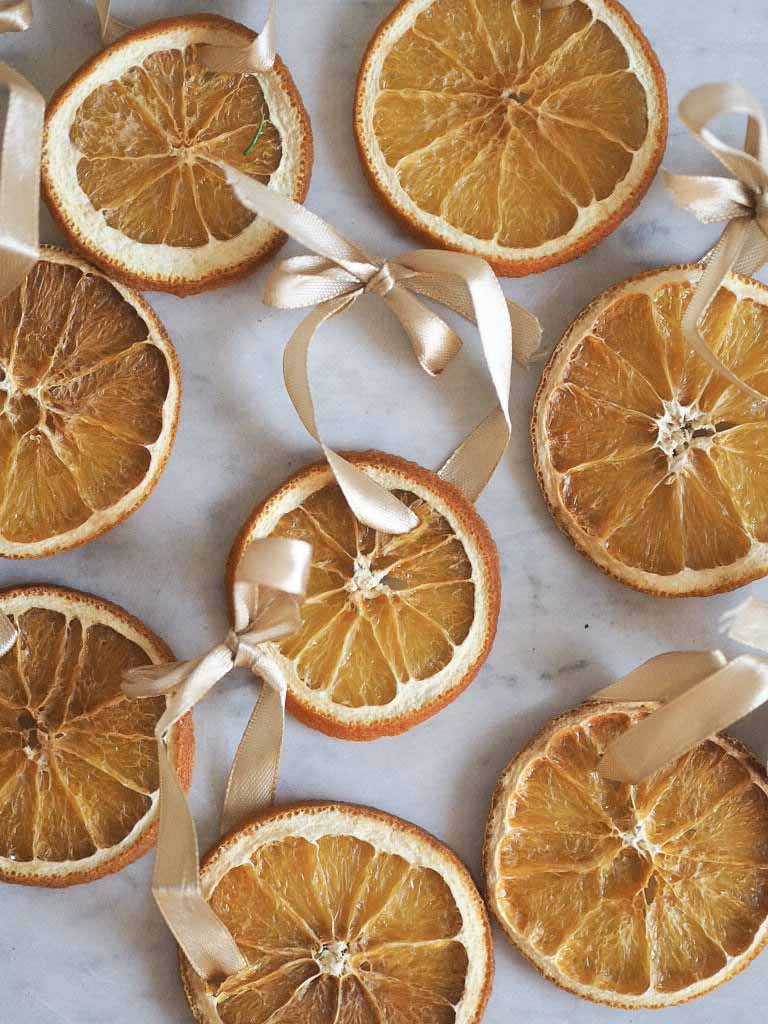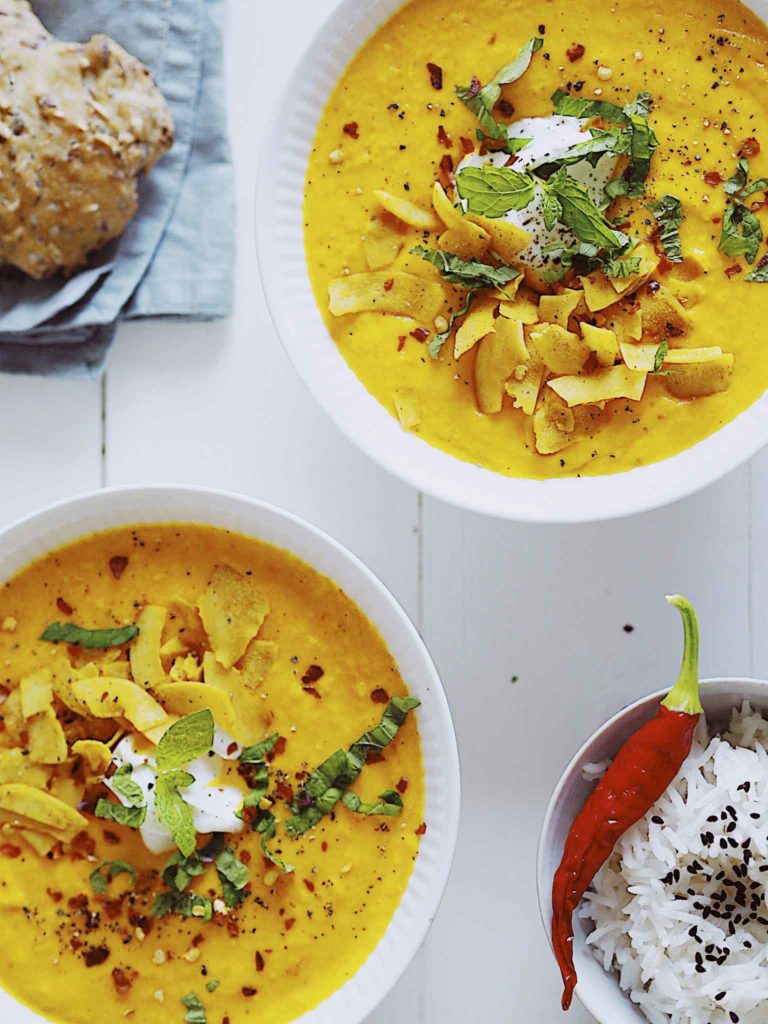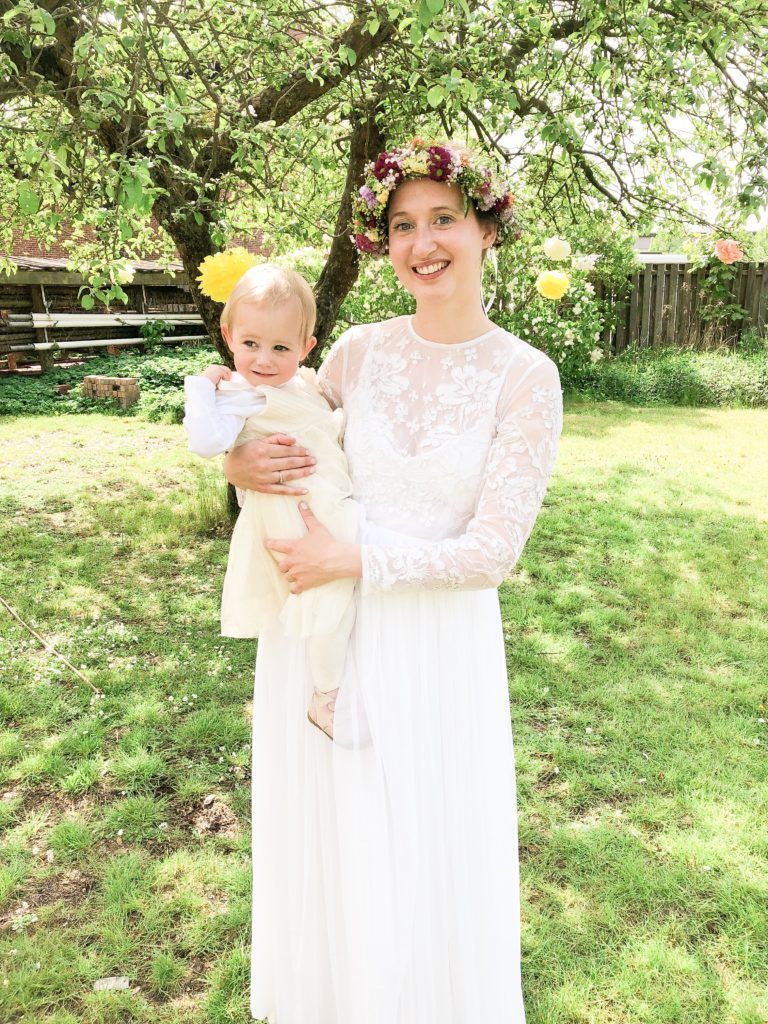Reklame – boksen er modtager i gave
Det er ikke kun os mennesker, der har mange skønhedsidealer, vi skal leve op til. Det er også de stakkels danske grønsager og frugter, der kæmper med mindreværdskomplekser og urimelige krav til størrelse og udseende. De skal helst ikke veje for meget eller være for store, de skal være symmetriske og have en flot farve, uden for mange skønhedspletter. Hvis grønsager kunne udvikle spiseforstyrrelser, så havde de helt sikkert gjort det!
Agurkerne skal være snorlige, salathovedet skal have en bestemt størrelse og peberfrugterne skal enten være røde, grønne eller gule – ellers er det ud.
Jeg synes, det er så ærgerligt, at der skal være så strikse krav til vores råvarer, og på en måde også lidt kedeligt, at der ikke er mere variation i supermarkederne. Jeg vil da med glæde bruge en agurk, der har haft en fest og fået lov til at vokse som den vil.
I love all shapes and sizes – også når det kommer til grøntsager!
Så da jeg opdagede det nye koncept GRIM, blev jeg meget glad. Det er startet af Carolin og Petra, som mødte hinanden på CBS, hvor de gravede ned i madspild. Ikke den madspild, der sker hos forbrugerne, men den madspild der sker allerede ved de lokale landbrug rundt omkring i Danmark. Noget som der ikke er særligt meget fokus på. Her bliver der nemlig smidt rigtig, rigtig mange råvarer ud dagligt, fordi de ikke lever op til skønhedskravene.
Men det laver GRIM om på! Carolin og Petra kører rundt til danske lokale og økologiske landbrug og køber de råvarer, som er for ’grimme’ til at blive solgt, og derefter sælger de dem via deres hjemmeside, hvor man kan abonnere på dem. Lige nu er det kun københavnerne, der kan støtte og nyde godt af det grønne initiativ, da det er pigerne selv, der kører rundt med kasserne, men mon ikke de snart udvider.
Jeg har været så heldig at få lov til at prøve en af deres kasser (den store) og den skuffede bestemt ikke. Det var virkelig nogle lækre råvarer at arbejde med, og så kom de direkte fra dansk økologisk landbrug. Man får de råvarer, der er i sæson, så det er en overraskelse hver gang og man kan også være heldig, at få ting, som normalt ikke sælges i supermarkederne. Men det kan du læse meget mere om i mit interview med Carolin (CPO – Responsible for product, communications & brand), hvor du kan blive meget klogere på madspild 🙂
Interview med GRIM
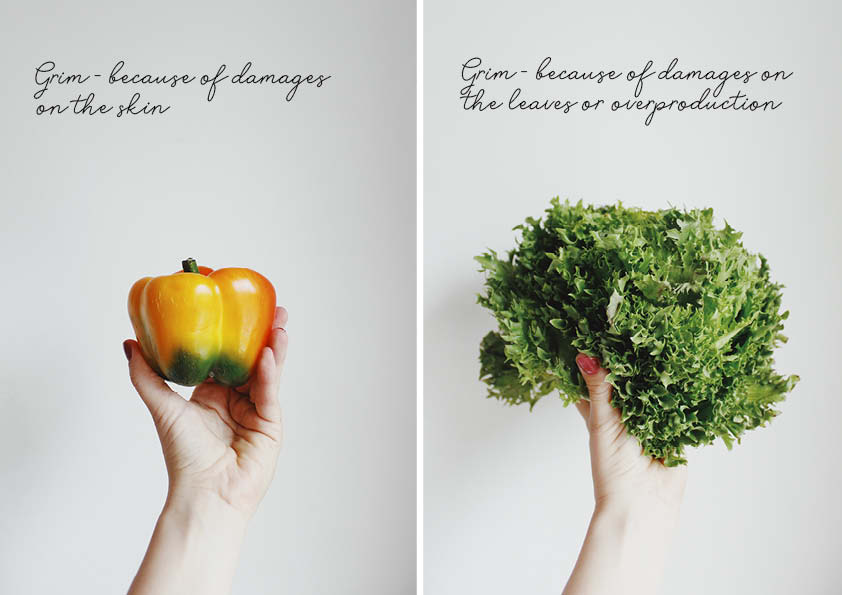
Can you tell me more about who you are and how you got the idea to start GRIM?
During a course in Social Entrepreneurship at CBS, Petra and I explored how the problem of food waste is rooted within our society. By taking a problem-centred approach, we found that many solutions to tackle waste exist at its end: after the food has already been in supermarkets. In contrast, no solutions existed in the beginning, meaning helping farmers to reduce the amount of edible food lost during primary production. The huge amount of food being lost just seemed paradox to us, and at the same time preventable. So GRIM takes a primary production-centred approach to tackling food waste.
I am sure many people are curious about the boxes. Can you tell what is typically in them?
Besides being organic, GRIM produce is seasonal and local. That means in the box you’ll always have what is growing in Denmark at the moment. You won’t find any avocado, lemon or mango in our boxes. So getting a GRIM is also about learning what’s in season at the moment, which will hopefully help you make better, more sustainable consumption choices by avoiding things that are shipped for thousands of miles across the world. We want to show how delicious Danish, seasonal produce can be! And since we also have a couple of farmers who predominantly grow for restaurants, you will often find produce which you normally can’t get in any supermarket and hardly at any farmers market. We recently had bronze fennel, purslane or artichokes.
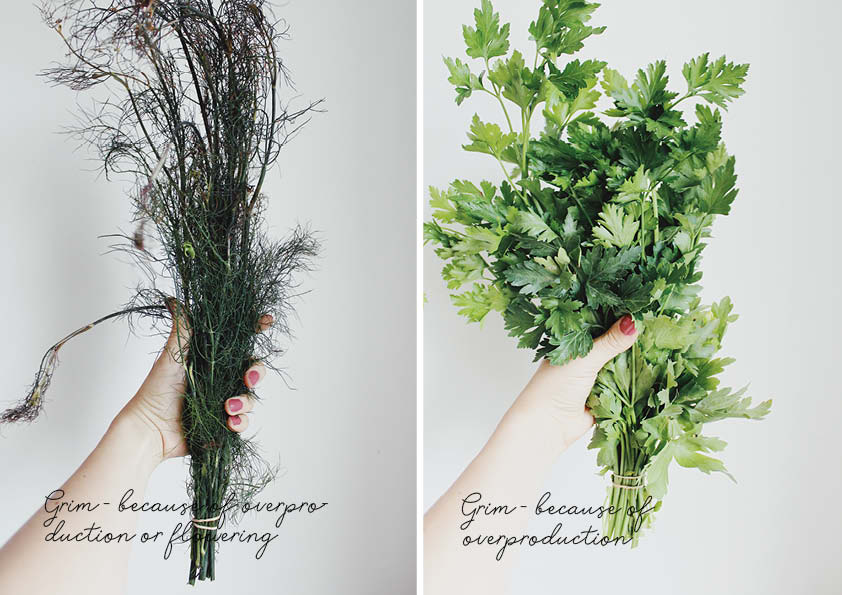
Have you always been interested in food waste?
Carolin: Not really, to be honest. I’ve always been interested in food, but became more environmentally conscious only in the last couple of years – I think it has to do with getting older and shifting your priorities away from yourself towards something bigger than you. But I always liked to question the status quo, and when I found out about how wasteful and powerful the existing food system was, it just made me so mad I needed to do something about it. That keeps me going.
What are some of the most normal reasons for why the farmers can’t sell their produce to supermarkets and wholesale?
If the veggies or fruit have visual defects, such as the wrong colour, scratches on the surface, little bite marks, the wrong shape or the wrong size, their normal buyers, which is mainly retail, often don’t accept the veggies. Sometimes, there doesn’t even have to be anything visually flawed but simply too many veggies growing in the fields that can’t be sold off to anyone. This was especially true during this super hot summer, where the veggies were growing much quicker than expected.
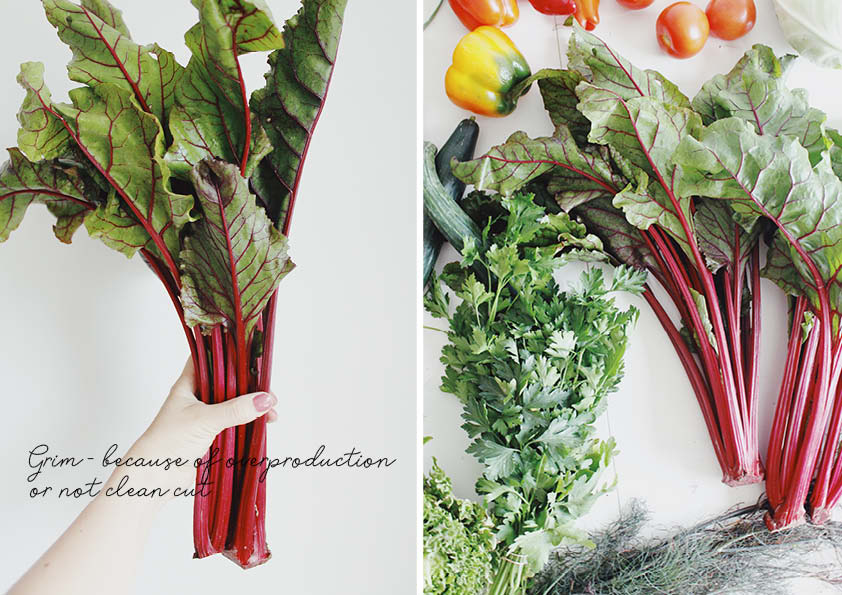
Are all vegetables and fruits thrown out if you guys don’t buy them? Or are they used for other things as well?
Whether the veggies are lost or not often depends on the size of the farm and who they sell to. Smaller farms, who usually don’t deliver to supermarkets but to restaurants often find other ways to make use of their veggies. Some restaurants might be interested in different-looking produce; farmers also feed some of the things to animals, if they have any or use it for their own cooking. However, when you talk to bigger farms who usually exclusively deliver to retail, it looks much different. Recently, we went to visit one farmer up north of Copenhagen, who had to plough down 25.000 heads of perfect salad simply because they have been growing too many and no one else would buy them – not even the processing industry. Just like that 25.000 salad heads lost, and that is just one farm. It’s heartbreaking.
What do you think it will take for Danish farmers to produce less food waste?
The question is not only what it takes for the farmers to be less wasteful, because we will have to critically question the food system as a whole. It’s a question of who has the power to dictate what is edible and what is not. We identified that supermarkets are a major contributor to this beauty standard issue, which GRIM is challenging. They decide how our food has to look like by rejecting different-looking produce. So GRIM is mostly about creating a new understanding of what is edible and changing the perception of beauty in food. A solution like GRIM is giving farmers, who usually don’t have the time & resources to find additional buyers, for the first time an opportunity to sell off their unwanted ugly or surplus produce. It’s a first step. We of course hope that our action is inspiring other big actors, like retail, to follow our example and finally accept ugly next to their product range of normal-looking produce.
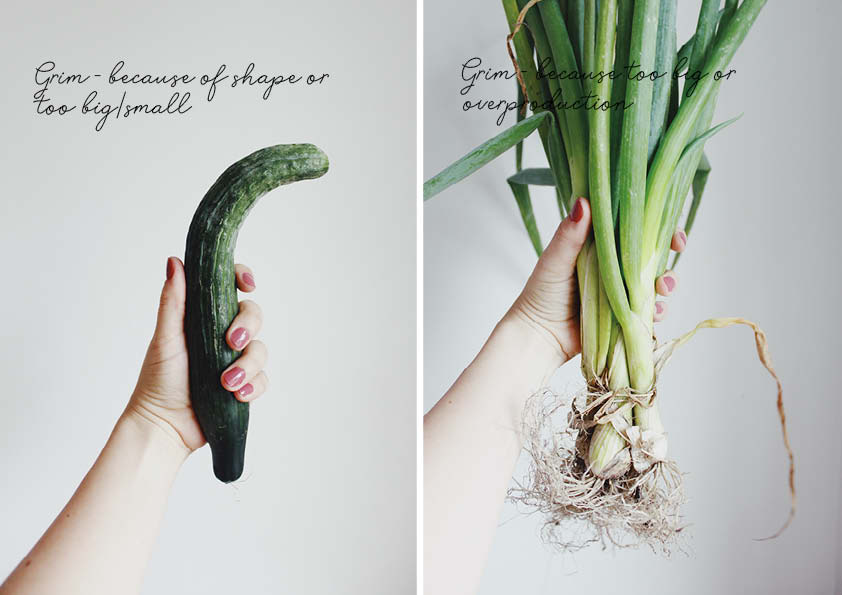
Right now you only deliver in Copenhagen, but do you have plans to expand to other parts of Denmark?
We just started operating about two months ago, and right now its only Petra, my co-founder and I who are doing all the work, with support from an intern. We are looking to expand the team and are also seeking funding, so when these things will come together we hope we’ll soon be able to deliver to the rest of Denmark. If you are living outside our delivery area, which for now is restricted to the Copenhagen postcodes 1000 – 2500, please sign up to our waiting list, which you can do over at our webshop . You’ll then get notified once we deliver to your area.
What are your best advices for people like me who would like to minimize food waste on a daily basis?
Empty your fridge first before buying new things. It’s a great misbelief that you can’t cook delicious meals with the minimum amount of ingredients. I always use Plant Jammer as an inspiration for my home cooking. We’ve partnered up with this Copenhagen Startup because they have developed an awesome app which lets you pair the ingredients you have at home with other things that taste nice. Try it out!
